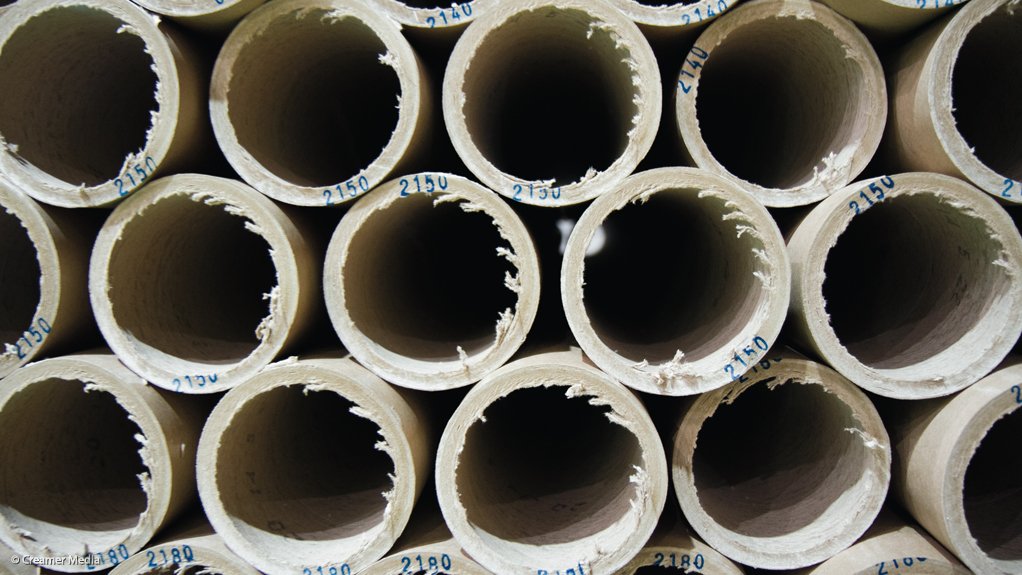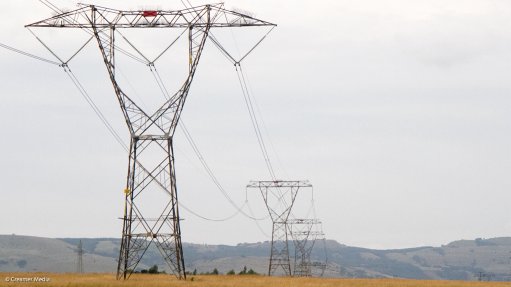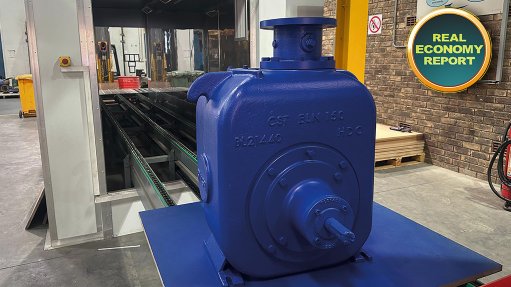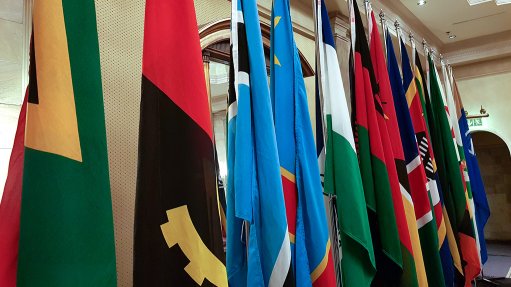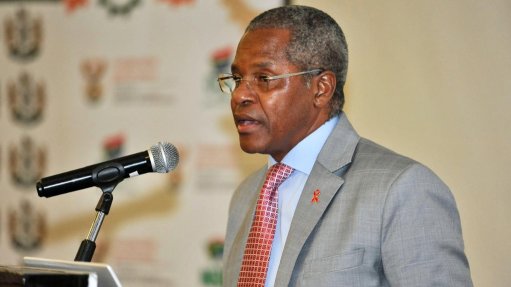Sappi posts solid full-year earnings despite volatile market conditions
JSE-listed paper and dissolving wood pulp (DP) manufacturer Sappi has exceeded its expectations for the financial year ended September 30, despite having reported a decrease of 6.4% year-on-year in adjusted earnings before interest, taxes, depreciation and amortisation (Ebitda) to $684-million.
This performance was against the backdrop of a subdued macroeconomic environment, ongoing low consumer confidence and persistent geopolitical uncertainty.
Notably, CEO Steve Binnie says the group’s pulp segment drove record profitability for the South African region and contributed to the group’s profit for the period of $33-million. This compares with a profit of $259-million having been posted for the prior financial year.
The South African region alone delivered adjusted Ebitda of R2.03-billion, enabling the region to achieve its third consecutive record performance.
Sappi declared a dividend of $0.14, compared with a prior dividend of $0.15 apiece.
Adjusted earnings per share (EPS) amounted to $0.41, compared with adjusted EPS of $0.52 apiece in the prior year.
Binnie explains that paper markets remained subdued in the reporting year, with the expected recovery in demand after the prolonged destocking phase of 2023 unfolding more slowly than anticipated.
In turn, DP demand remained strong throughout the year, with selling prices rallying through the second half.
“DP demand was adversely impacted in 2023 owing to high inflation and interest rates globally. There was significant destocking, but we have seen in the last months a normalisation of demand and a tick-up in inventory levels. Customers are still under pressure, but demand is a lot better than it was 18 months ago.
“As interest rates come down further and the global economy starts to recover more, demand for DP will be boosted,” Binnie states.
He adds, however, that graphic paper markets have experienced a permanent structural decline through the reporting year and are expected to resume the historical 6% to 8% decline through the next financial year.
Globally, there is significant overcapacity. “We have reduced our capacity in Europe to align with our anticipated market share of demand and will remove further capacity in the new financial year as we ramp up the wet strength label production on Gratkorn PM9.
“In North America, post the conversion of Somerset PM2, we will continue to meet the needs of our graphic papers customers while fully utilising our assets,” Binnie notes.
The Somerset PM2 project involves converting graphic paper machines to make bleached paperboard. The project is poised to add 470 000 t/y of solid bleached sulphate capacity to the US paperboard market.
There is a long-term favourable outlook for Sappi’s sustainably produced packaging and speciality paper products, particularly in South Africa and North America.
Global pulp markets have diverged in the last few months, Binnie continues, adding that, in stark contrast to robust DP demand, paper pulp markets have come under significant pressure as large new pulp capacity has been added and downstream paper demand remains suppressed.
Continued supply chain instability and fluctuating input costs have added pressure to Sappi’s production and pricing strategies, making market dynamics unpredictable. Therefore, Sappi is sharpening its focus on operational excellence by proactively managing capacity and costs.
Binnie expects that, despite the market headwinds persisting, Sappi will report an improved adjusted Ebitda in the first quarter of the 2025 financial year, compared with the first quarter of the 2024 financial year.
Sappi’s capital expenditure (capex) for the year under review was $458-million, while net debt increased to $1.4-billion on the back of increased capex associated with the Somerset PM2 project, the closure of two European paper mills and a $63-million negative currency translation effect on euro-denominated debt.
The group nonetheless remains liquid with cash on hand of $317-million and $692-million in unused revolving credit facilities in South Africa and Europe.
Sappi plans to spend $500-million in capex in the new financial year, including $157-million for concluding the Somerset PM2 project by April 2025.
Article Enquiry
Email Article
Save Article
Feedback
To advertise email advertising@creamermedia.co.za or click here
Comments
Announcements
What's On
Subscribe to improve your user experience...
Option 1 (equivalent of R125 a month):
Receive a weekly copy of Creamer Media's Engineering News & Mining Weekly magazine
(print copy for those in South Africa and e-magazine for those outside of South Africa)
Receive daily email newsletters
Access to full search results
Access archive of magazine back copies
Access to Projects in Progress
Access to ONE Research Report of your choice in PDF format
Option 2 (equivalent of R375 a month):
All benefits from Option 1
PLUS
Access to Creamer Media's Research Channel Africa for ALL Research Reports, in PDF format, on various industrial and mining sectors
including Electricity; Water; Energy Transition; Hydrogen; Roads, Rail and Ports; Coal; Gold; Platinum; Battery Metals; etc.
Already a subscriber?
Forgotten your password?
Receive weekly copy of Creamer Media's Engineering News & Mining Weekly magazine (print copy for those in South Africa and e-magazine for those outside of South Africa)
➕
Recieve daily email newsletters
➕
Access to full search results
➕
Access archive of magazine back copies
➕
Access to Projects in Progress
➕
Access to ONE Research Report of your choice in PDF format
RESEARCH CHANNEL AFRICA
R4500 (equivalent of R375 a month)
SUBSCRIBEAll benefits from Option 1
➕
Access to Creamer Media's Research Channel Africa for ALL Research Reports on various industrial and mining sectors, in PDF format, including on:
Electricity
➕
Water
➕
Energy Transition
➕
Hydrogen
➕
Roads, Rail and Ports
➕
Coal
➕
Gold
➕
Platinum
➕
Battery Metals
➕
etc.
Receive all benefits from Option 1 or Option 2 delivered to numerous people at your company
➕
Multiple User names and Passwords for simultaneous log-ins
➕
Intranet integration access to all in your organisation



